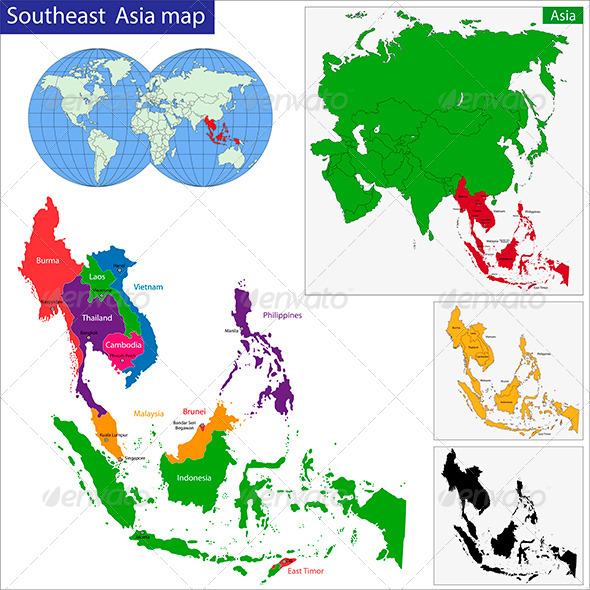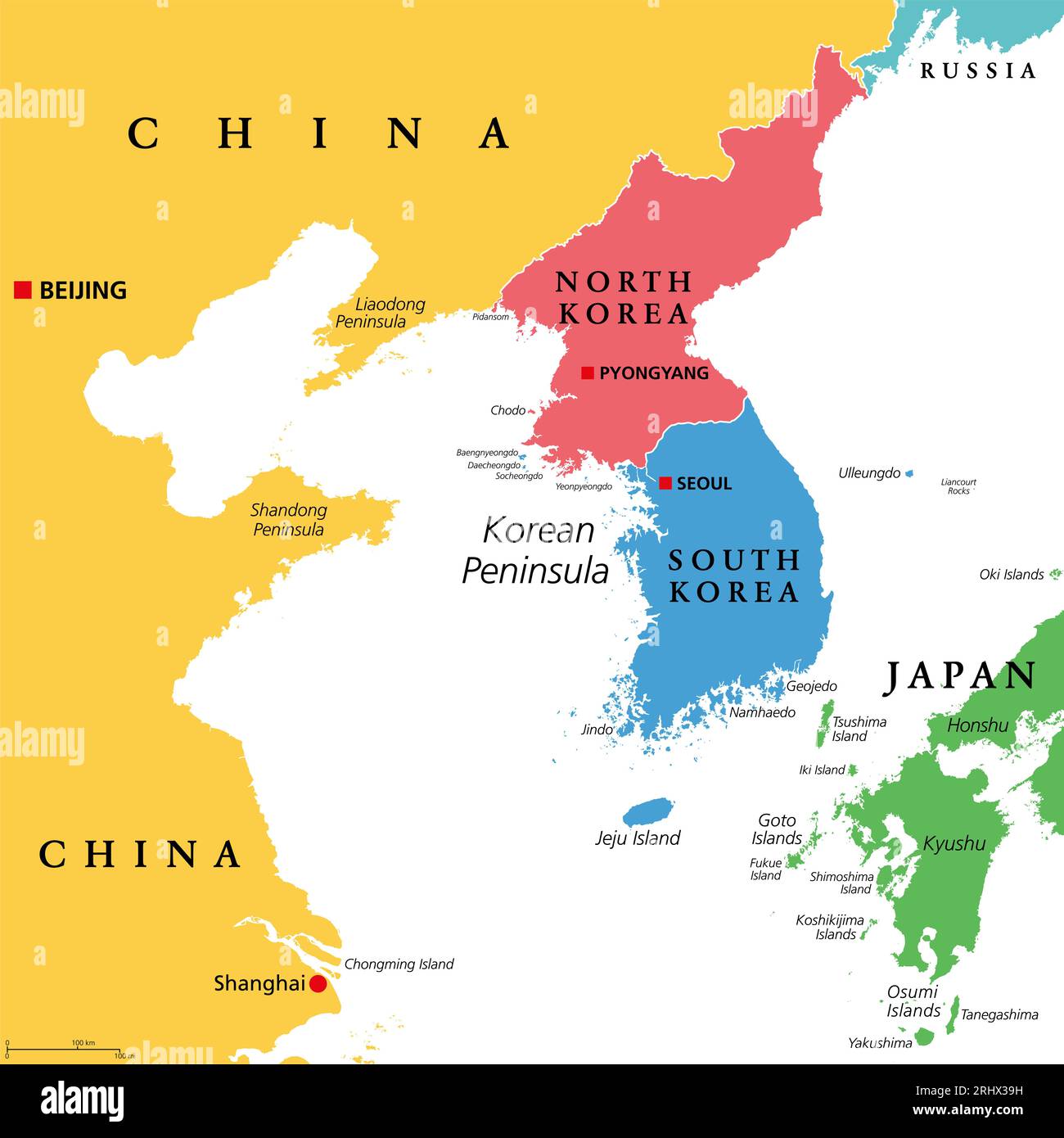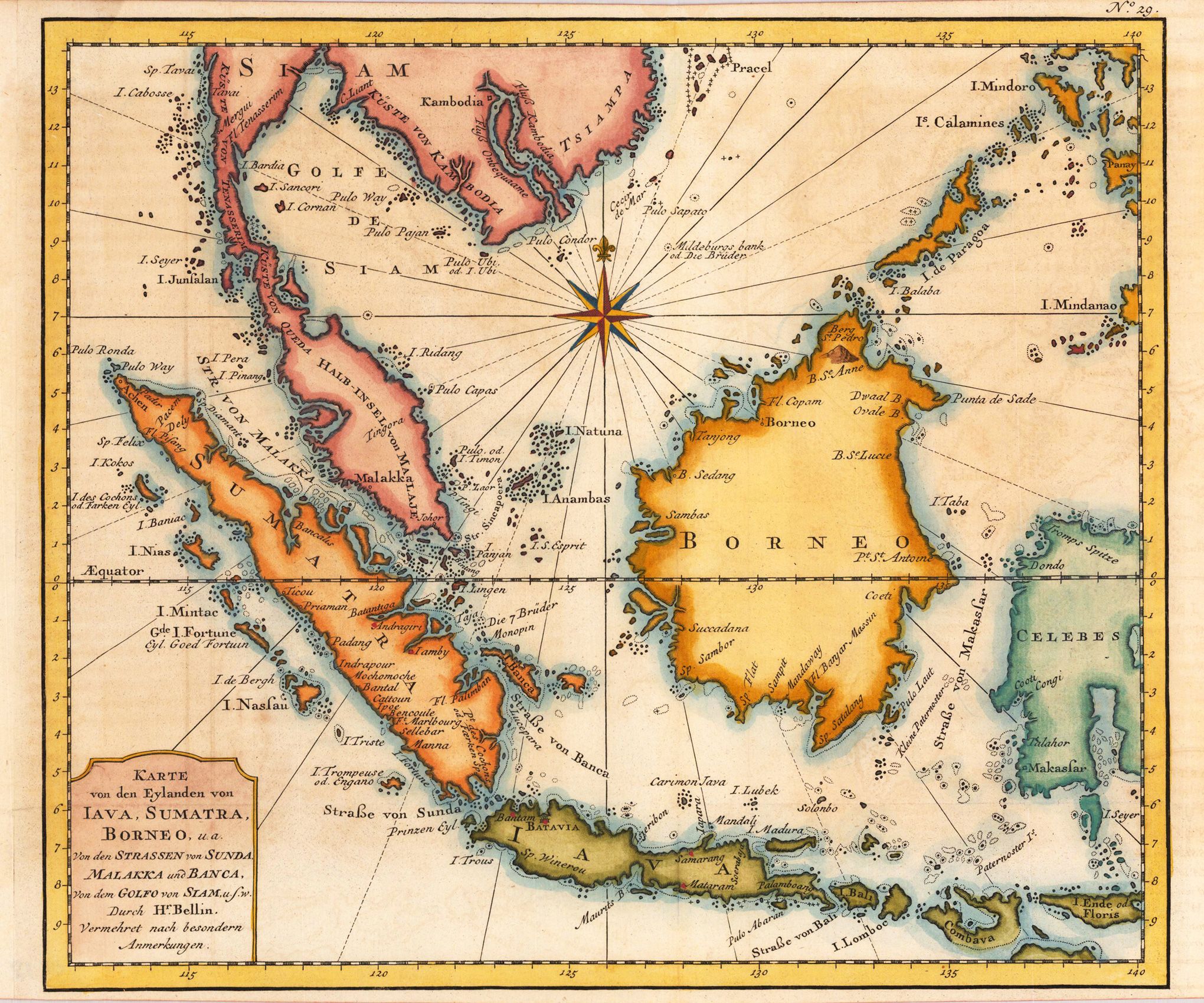
Label the following countries on the political map of Asia. China
Huang He (Yellow River) Yangtze River Indus River Himalayan Mountains Directions: I. Draw and label the physical features listed below on the map of Asia. Ganges River Mekong River Huang He (Yellow River) Yangtze River Indus River Himalayan Mountains Taklimakan Desert Gobi Desert II. Label the following physical features on the map of Asia. Bay of Bengal Yellow Sea Indian Ocean Sea of Japan Korean Peninsula South China Sea Color the rivers DARK BLUE. Color all other bodies of water LIGHT BLUE (or TEAL). Color the deserts BROWN. Draw triangles for mountains and color them GREEN. Color the peninsula RED.
Label the following countries on the political map of Asia. China
Directions: Label the following countries on the political map of Asia. China. North Korea. India. South Korea. Indonesia. Vietnam. Japan. Bonus countries: Laos. Thailand. Myanmar. Cambodia. Nepal. Bhutan. Russia. Pakistan. Taiwan. Philippines. Malaysia. Sri Lanka. Mongolia.
Directions: I. Draw and label the physical features listed below on the map of Asia. Ganges River. Mekong River. Huang He (Yellow River) Yangtze River. Indus River. Himalayan Mountains. Taklimakan Desert. Gobi Desert. II. Label the following physical features on the map of Asia. Bay of Bengal. Yellow Sea. Indian Ocean. Sea of Japan. Korean Peninsula. South China Sea. Color the rivers DARK BLUE. Color all other bodies of water LIGHT BLUE (or TEAL). Color the deserts BROWN. Draw triangles for mountains and color them GREEN. Color the peninsula RED.
It is the most important river to the Indian subcontinent. It runs through India’s most fertile and densely populated areas. Because so many people live and work along the Ganges, the water in the river is heavily polluted. The name comes from a Hindu goddess and the river is considered sacred to the Hindu religion.
The Huang He, or Yellow River, begins in the mountainous plateau of Tibet and flows east to the Yellow Sea. This is China’s second longest river. Chinese civilization began in the central area of this river basin. It’s named for the muddy yellow silt that it carries along its path to the Gulf of Bohai in the northern Yellow Sea. The silt creates rich topsoil for farmers. Annual floods make the river’s path dangerous. It’s nickname is China’s Sorrow because of the frequent flooding.
It flows about 2,000 miles through desert before emptying into the Arabian Sea. It provides water for one of the largest irrigation systems in the world. The Indus River valley is one of the richest farming areas in this region.
The Mekong River begins in the Tibetan Plateau and flows south through China, Myanmar, Thailand, Laos, Cambodia, and finally Vietnam, where it empties into the South China Sea. The Mekong River delta has some of the richest farming land in the region. One of the region’s most important crops, rice, is grown in the Mekong Basin.
It’s the largest and longest river in China (over 3,400 miles) and the third longest in the world. The Yangtze River begins in the Tibetan Plateau and travels east until it reaches the East China Sea. The Yangtze is extremely important for China because it provides hydroelectric power, water for irrigation, and transportation for cargo ships. The Yangtze and Huang He Rivers are connected by one of the world’s oldest canal systems, the Grand Canal. Some parts were built over 2,000 years ago.
Many large rivers, including the Ganges River, flows into the bay.
It lies between Africa to the west, Asia to the north, Australia to the east, and the Southern Ocean to the south.
It is an arm of the Pacific Ocean that lies between the Asian continent and Japan.
Weather in the region is marked by violent monsoons and typhoons.
The Huang He (Yellow River) empties in the Yellow Sea. It becomes the East China Sea south of the Korean Peninsula.
It stretches across southern Mongolia and northern China. Much of the Gobi Desert is covered with sand and rocks. It is known as Shamo , the Chinese word for sand desert . It can be one of the hottest and also one of the coldest places on earth.
It is over 600 miles in length, making it one of the longest deserts in the world. Giant sand dunes cover 85% of its surface.
The mountains stretch for about 200 miles. The Himalayan mountain range is the world’s highest mountain region. Nine of the world’s ten largest peaks are located here, including Mt. Everest, the world’s highest mountain. It is sometimes called the roof of the world because of the area’s high altitudes.
Over half of the peninsula is made up of mountains, but there is still plenty of rich farmland. Since 1948 (end of World War II), the peninsula has been divided into two countries: North Korea and South Korea.

Directions: Label the following countries on the political map of

Label the following countries on the political map of Asia. China

Objective: 1.I can identify China's neighboring countries and
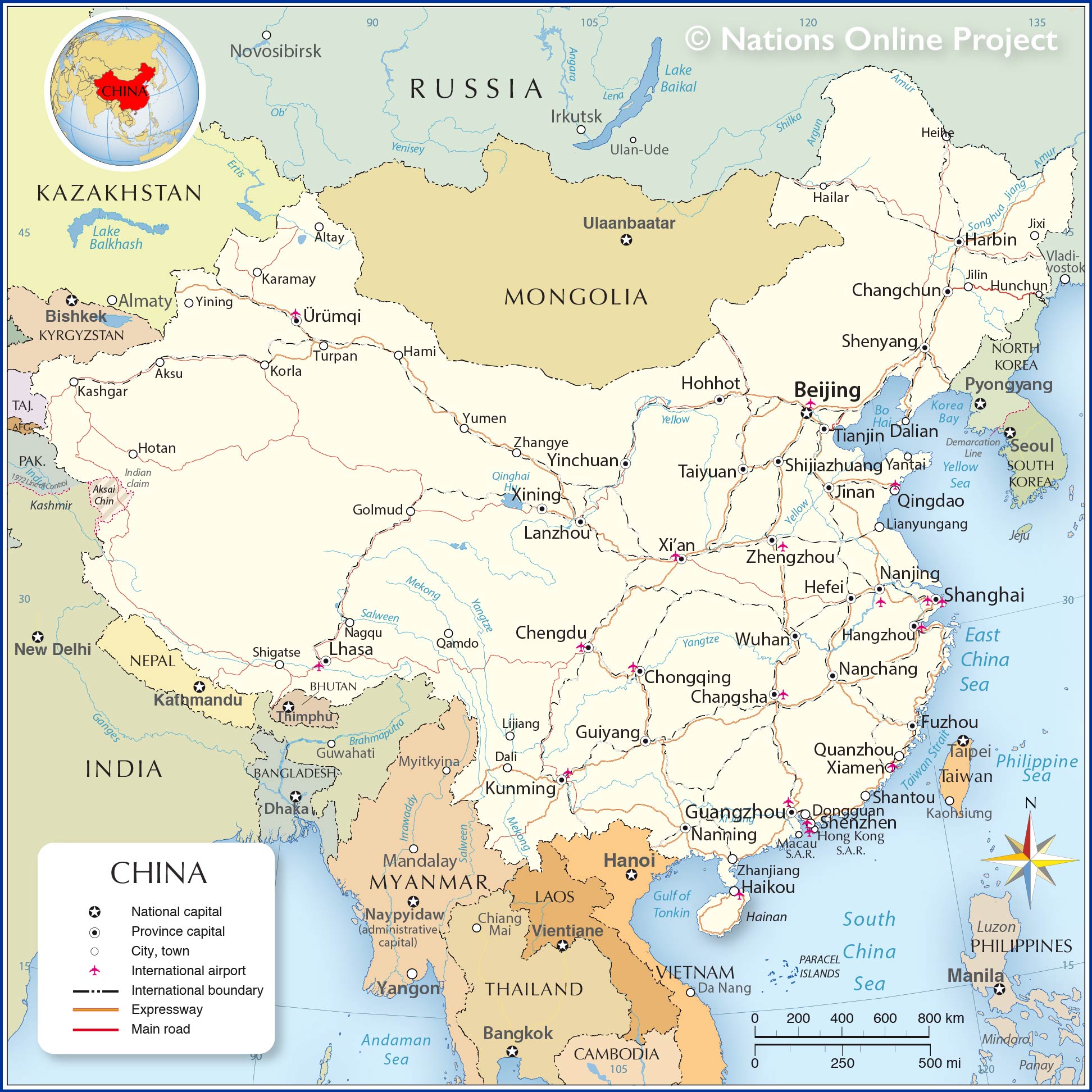
Political Map of China - Nations Online Project
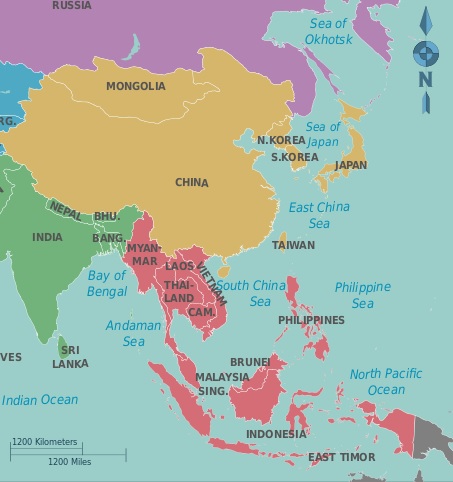
East and Southeast Asia – World Regional Geography

Label the following countries on the political map of Asia. China
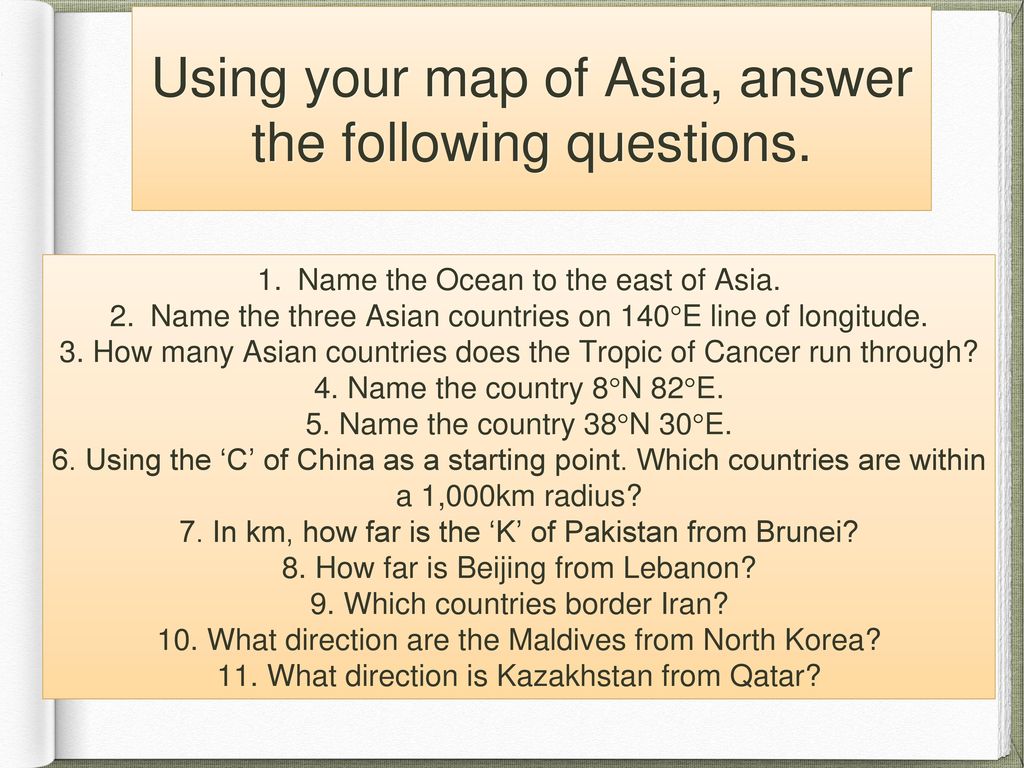
SOCIAL WORLD This unit of work is related to people and the
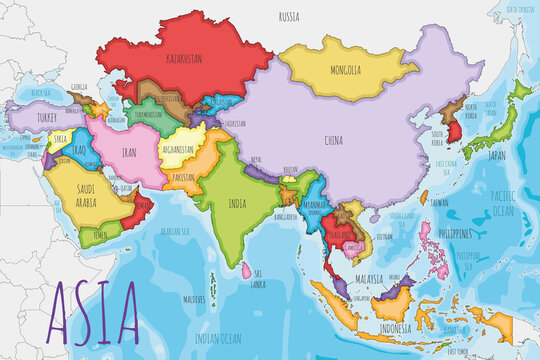
Asia Map Images – Browse 405,212 Stock Photos, Vectors, and Video
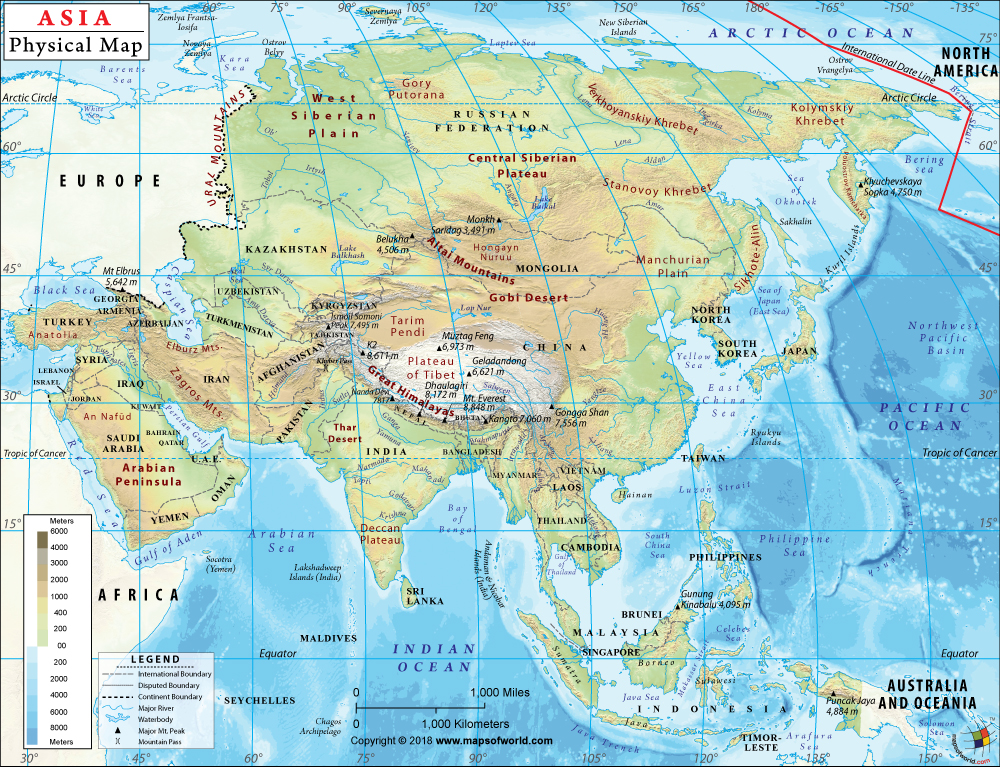
Asia Physical Map Physical Map of Asia

Warm-Up: Identify the following countries on your map. - ppt download

Asia, Continent, Countries, Regions, Map, & Facts

South, South East, and East Asia - ppt download
